
isuPa™ Technical Insulation soundproofing, slim, high-performance thermal insulation
NET ZERO
Challenge
The temperature of petrochemical oil and gas pipelines and storage tanks typically ranges from 200°C to 650°C, with pipes in contact with heat sources potentially reaching temperatures above 1000°C. Additionally, equipment operation often involves low-frequency mechanical vibrations.
In such extreme and harsh production environments:
How can we ensure that the high-temperature stability of the insulation layer does not degrade during normal equipment operation?
How can we prevent the insulation layer from failing, avoiding phenomena such as leakage and dripping, which could affect normal production?
How can we reduce the frequency of insulation layer replacement, extend equipment maintenance intervals, and achieve stable production and efficiency improvement goals?
How can we guarantee that workers' lives are not endangered even if the insulation layer suddenly fails during operation?
Solution: ATa 1300H
Extremely low thermal conductivity: isuPa™ insulation blanket has a very low thermal conductivity, effectively isolating heat loss or conduction, surpassing traditional insulation materials in effectiveness.
Reduced insulation thickness: Thanks to the excellent insulation effect of the nano insulation blanket, only one-half to one-fifth of the thickness of traditional materials is required.
99% hydrophobicity and Class 1 fire resistance: Not only does it offer excellent thermal insulation performance, but it also has water-resistant and fire-resistant properties, suitable for harsh environments.
Strong structural stability: The stable structure is easy to shape and can fully conform to equipment. It also has good sound insulation and vibration reduction properties, protecting equipment and reducing noise.
Lightweight and flexible, easy to install: The nano SiO2-based insulation blanket is light and soft, easily cut with a utility knife, simplifying installation, shortening construction time, and accelerating production startup.
High stability at high temperatures: Excellent stability in high-temperature environments, with long-lasting insulation effects. The theoretical lifespan can reach 20 years, reducing maintenance costs.
No dusting, excellent performance: Compared to materials of the same grade, it doesn't produce dust and offers superior performance.
Environmentally friendly and safe: Protects the construction environment and personnel health, and provides burn prevention effects.
Petrochemical oil and gas industrial pipelines and storage tanks
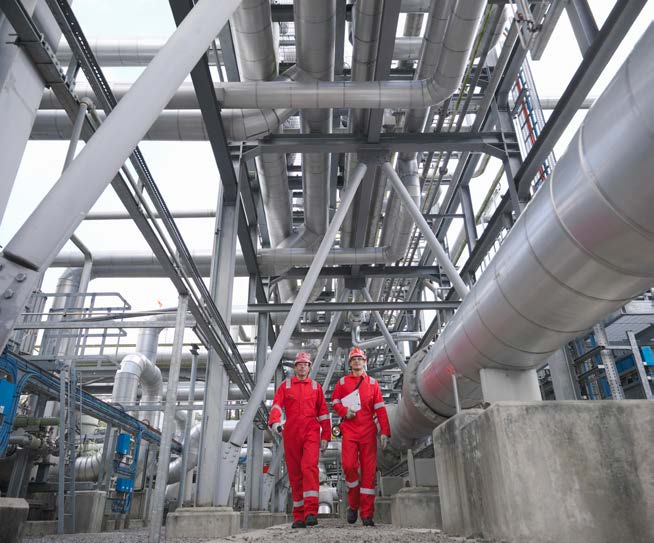

LNG and Cryogenic
Challenges
Large temperature difference between inside and outside requires the insulation layer to have a low thermal conductivity coefficient and significant thickness.
The large temperature difference between inside and outside necessitates prevention of moisture penetration into the cold surface.
Low temperatures cause noticeable thermal expansion and contraction of pipeline equipment, requiring the insulation layer to have flexibility and resilience.
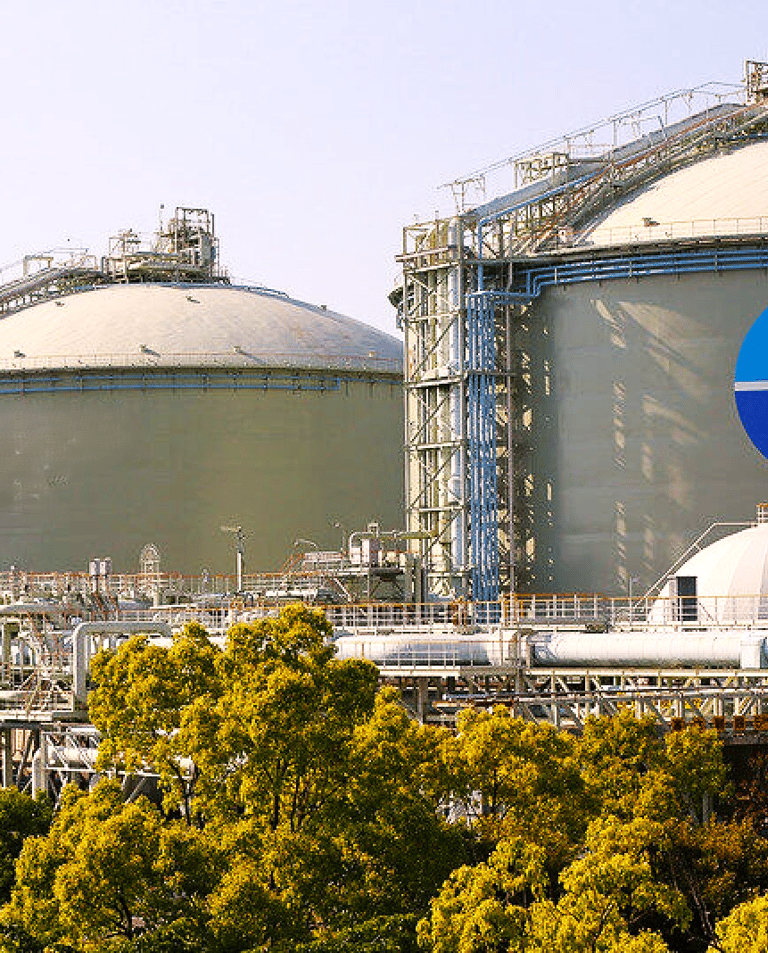

Solution: ATa 200L
Thermal conductivity of only 0.017 W/m·K, compared to 0.058 W/m·K for the best traditional materials. This allows for effective reduction in insulation layer thickness, requiring only 1/3 the thickness of traditional materials. This results in a smaller heat dissipation area and better cold insulation effect.
Through nano-SiO2 based technology and a gas barrier layer composite material, it effectively isolates moisture, providing powerful cold insulation. The nano-SiO2 based insulation blanket has a unique tough nano-pore structure that can inhibit ice crystal formation. The extremely small spaces within the nano-SiO2 based pores make it difficult for water molecules to gather and form ice crystals. Even if the gas barrier layer breaks, ice formation is limited to local areas and surfaces of the object, without further affecting insulation performance.
isuPa™ insulation blanket maintains flexibility even at low temperatures (down to -196°C). This unique property means that the nano-SiO2 based insulation blanket doesn't require expansion joints, avoiding significant installation costs while reducing potential risks of moisture penetration and heat increase in low-temperature systems.
Challenges
Thermal conductivity: Need to select materials with extremely low thermal conductivity to effectively prevent heat transfer and maintain a low-temperature environment.
Material thickness: Traditional insulation materials may require greater thickness to achieve the desired insulation effect, which increases packaging volume and transportation costs.
Compression resistance: Thermal insulation materials need to have good compression resistance to prevent deformation or damage during transportation.
Water and moisture resistance: In low-temperature environments, condensation and moisture can affect insulation materials, reducing their thermal performance.
Flexibility: The material needs to have a certain degree of flexibility to adapt to vibrations and changes in item shapes during transportation.
Solution: ATa 200L
Extremely low thermal conductivity, significantly reducing insulation layer thickness and improving insulation effectiveness.
Reduced insulation thickness: Thanks to the excellent insulation effect of the nano insulation blanket, only one-half to one-fifth of the thickness of traditional materials is required.
The use of high-compression strength materials ensures no deformation due to pressure during transportation.
Adoption of composite material design, combining nano insulation materials with a gas barrier layer, effectively isolating moisture and preventing humidity from affecting insulation performance.
isuPa™ insulation blanket maintains flexibility even at low temperatures, adapting to vibrations and deformations, reducing installation costs and risks of moisture penetration.
Cold Chain Logistics
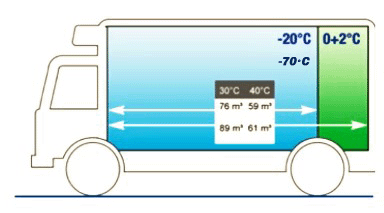

New High-Performance Thermal Barrier Series
Superior Insulation, Thin Profile, Energy Efficiency, Versatility, Durability, Ease of Application, Fire resistance, Non-toxic materials.
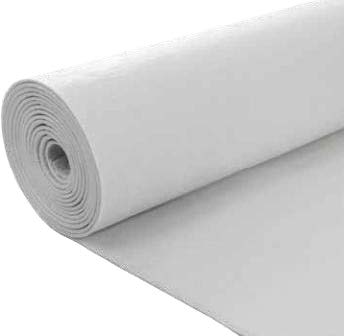

ATa 200L
Recommended operating temperature range: -200°C to 125°C
Thermal conductivity: ≤0.017 W/m-K (at 25°C)
Thermal conductivity: ≤0.010 W/m-K (at -165°C)
Available thickness: 10 mm
Roll dimensions: 10 mm x 1.6 m x 28 m
Density: ~150 kg/m³
Hydrophobicity: Yes
Fire resistance: Non-combustible
Quality complies with ASTM C1728 Type 1 Grade 1 Category A standards.


ATa 1300H
Recommended operating temperature range: 650°C to 1300°C
Thermal conductivity: ≤0.021 W/m-K (at 25°C)
Thermal conductivity: ≤0.065 W/m-K (at 300°C)
Thickness (mm): 3, 5, 10 or custom
Roll dimensions: 5 mm x 1.22m x 7.2 m; 10 mm x 1.22m x 15 m
Density: ~180 kg/m³
Hydrophobicity: Yes
Fire resistance: Non-combustible
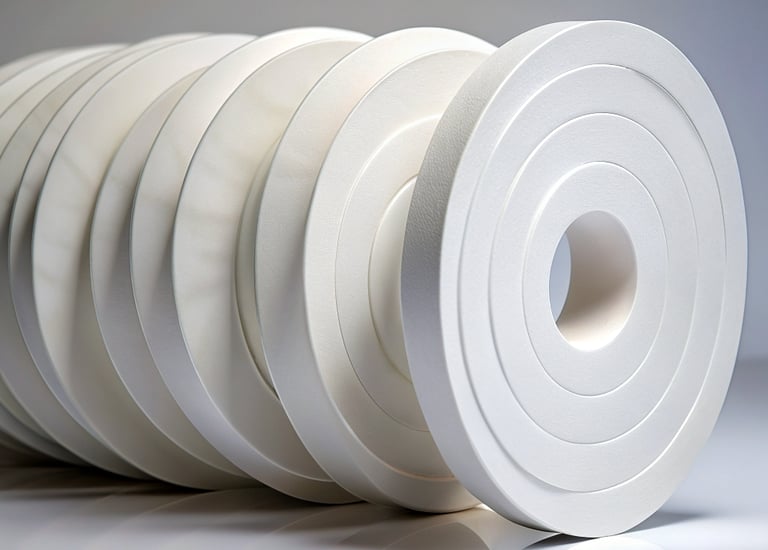

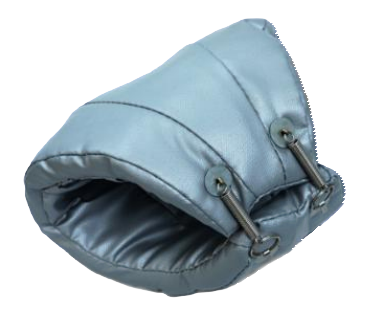

ATa 1000T
Recommended operating temperature range: 800°C to 1200°C
Thermal conductivity: ≤0.021 W/m-K (at 25°C)
Available thickness (t): 0.2-3mm (customizable)
Roll dimensions: t x 1.6 m x 240 m
Tensile strength: ≥2245 kPa
Compressive strength: 25%, ≥52 kPa
Hydrophobicity: Yes
Fire resistance: Non-combustible
ATa ZK-IV
Thermal conductivity: ≤0.021 W/m-K (at 25°C)
Sound insulation index Rw: 33dB
Thickness: 5~150 mm
Density: 110~220 kg/m³
Roll dimensions: Customizable
Hydrophobicity: Yes
Fire resistance: Non-combustible
Did you know that a staggering amount of a factory's energy use goes to waste through heat loss?
This substantial energy waste primarily occurs due to inadequate insulation. Implementing proper insulation solutions is not just about saving energy—it's a critical factor in enhancing overall factory efficiency and safety.
30%+
Heat loss


